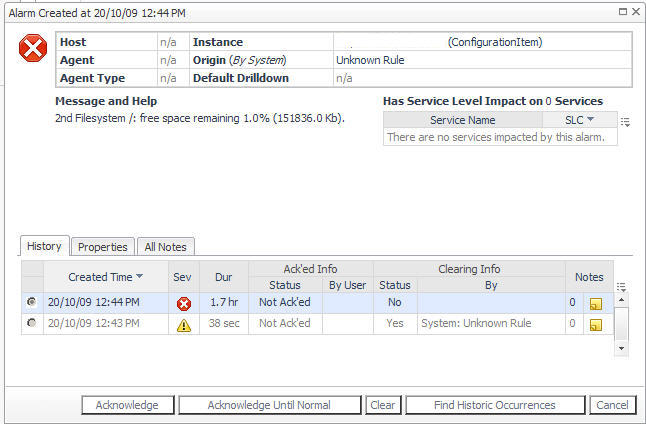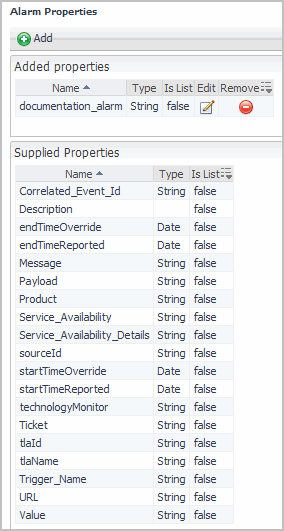SNMP Trap Receiver Workflow
MIBs containing trap definitions can be loaded into Foglight. These trap definitions can be configured and grouped in order to produce Foglight alarms. An SNMP trap receiver agent is deployed to a server and listens on a specific port. The agent understands which traps are enabled and how to format them into Foglight alarms based on the mentioned configuration. Managed devices are configured to forward traps to that particular server or port that the agent is deployed on. When a trap is received, the SNMP trap receiver agent, listening on that server or port, forwards enabled traps to the Management Server as alarms. These alarms are fed into Foglight as third-party alarms. Traps that are not enabled can be written to a log or sent in to the alarm browser. This is configured in the Agent Properties. For more information, Configuring Agent Properties for the SNMP Trap Agent .
The sourceId property contains the trap name if a trap group is not defined. When a trap group is defined, the trap group name is used.
To format, select the Configuration dashboard from the navigation panel, under Dashboards > Integration > SNMP Trap Administration, and click the Format link. For more information about formatting traps, see Configuring Alarms from SNMP Trap Definitions .
Any variables that the MIB does not recognize is passed in on the alarm with the property name of Unresolved_Trap_Variable. Trap variables that the MIB recognizes are preceded with Variable_ followed by the variable name. For example, Variable_ifAdminStatus.
The technology monitor contains the namespace and the agent name used when defining the agent.
For more information, see Understanding the XML Data and Loading MIB Definitions .
External Acknowledgement and Clearing of Alarms Workflow
Configuring Foglight for Integrations
|
• |
On the navigation panel under Dashboards, click Integration > Property Administration > Alarm Properties. |
|
1 |
On the navigation panel, under Dashboards, click Integration > Property Administration > Alarm Properties. |
|
• |
String — This value can include numeric characters, alphanumeric characters, and symbols |
|
• |
Boolean — True or False |
|
• |
Integer — A whole number between the values of -2147483648 and 2147483647 |
|
• |
Long — A whole number with a range larger than Integer |
|
• |
Float — A 32-bit floating point number |
|
• |
Double — A 64-bit floating point number |
Working in the Alarm Properties Dashboard
|
• |
On the navigation panel under Dashboards, click Integration > Property Administration > Alarm Properties. |
|
1 |
On the navigation panel, under Dashboards, click Integration > Property Administration > Alarm Properties. |
|
• |
String — This value can include numeric characters, alphanumeric characters, and symbols |
|
• |
Boolean — True or False |
|
• |
Integer — A whole number between the values of -2147483648 and 2147483647 |
|
• |
Long — A whole number with a range larger than Integer |
|
• |
Float — A 32-bit floating point number |
|
• |
Double — A 64-bit floating point number |


